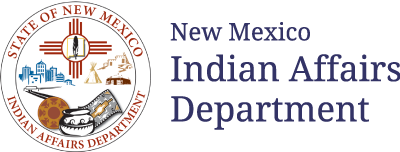History


New Mexico’s Twenty-Three Tribes and the Indian Affairs Department
New Mexico has approximately 228,400 Native American citizens, which represent nearly 10.9% of the state’s entire population. There are 23 tribes located in New Mexico – nineteen Pueblos, three Apache tribes (the Fort Sill Apache Tribe, the Jicarilla Apache Nation and the Mescalero Apache Tribe), and the Navajo Nation, and a considerable urban Indian population which is also served by the Indian Affairs Department. The nineteen Pueblos are comprised of the Pueblos of Acoma, Cochiti, Isleta, Jemez, Laguna, Nambe, Ohkay Owingeh, Picuris, Pojoaque, Sandia, San Felipe, San Ildefonso, Santa Ana, Santa Clara, Santo Domingo, Taos, Tesuque, Zuni and Zia.
Each Tribe is a sovereign nation with its own government, lifeways, traditions, and culture; and each tribe has a unique relationship with the federal and state governments.
The twenty-three tribes in New Mexico are actively engaged to preserving their indigenous languages, religion, culture, the environment and in promoting quality education and health care for all members, especially their youth and elders. Economic development as a means to achieve these goals is important to Tribal leadership as is homeland security and housing for their communities.
The Commission on Indian Affairs was created by statute in 1953 by the New Mexico State Legislature. The statute established a state agency, the Office of Indian Affairs (OIA), which would serve as a vehicle between New Mexico’s governor, legislature, and the state’s separate and distinct tribal groups. Former Governor Bill Richardson signed Executive Order No. 2003-022 on June 20, 2003, elevating the OIA to the Indian Affairs Department (IAD), a cabinet-level department.
In April 2004, House Bill 39 which formerly established the Indian Affairs Department by legislative statute, was passed and signed into law.


